According to calculations, by growing rice to reduce emissions, farmers can earn an additional 18 million VND/ha compared to traditional farming. In addition, they are still waiting to collect money from selling carbon credits.
At the Workshop on linking rice value chains to contribute to the implementation of the Project "Developing 1 million hectares of high-quality and low-emission rice specialized areas associated with green growth in the Mekong Delta region by 2030" on October 25, Deputy Director of the Department of Crop Production (Ministry of Agriculture and Rural Development) Le Thanh Tung said that this agency has built 7 pilot models in 5 provinces including Kien Giang, Soc Trang, Tra Vinh , Dong Thap and Can Tho City.
After harvesting rice in pilot models, Mr. Tung assessed that rice productivity increased and the area was increasingly expanded without having to call on people.
The Deputy Director of the Department of Crop Production pointed out that applying row sowing and cluster sowing techniques combined with burying fertilizer has reduced the amount of seeds used by 30-50%, equivalent to 30-80 kg/ha.
This method helps save costs from 0.6 to 1.6 million VND/ha, while reducing competition for nutrients and increasing productivity.
Nitrogen fertilizer usage also decreased by 30-70 kg/ha, equivalent to savings of 0.7-1.6 million VND/ha.
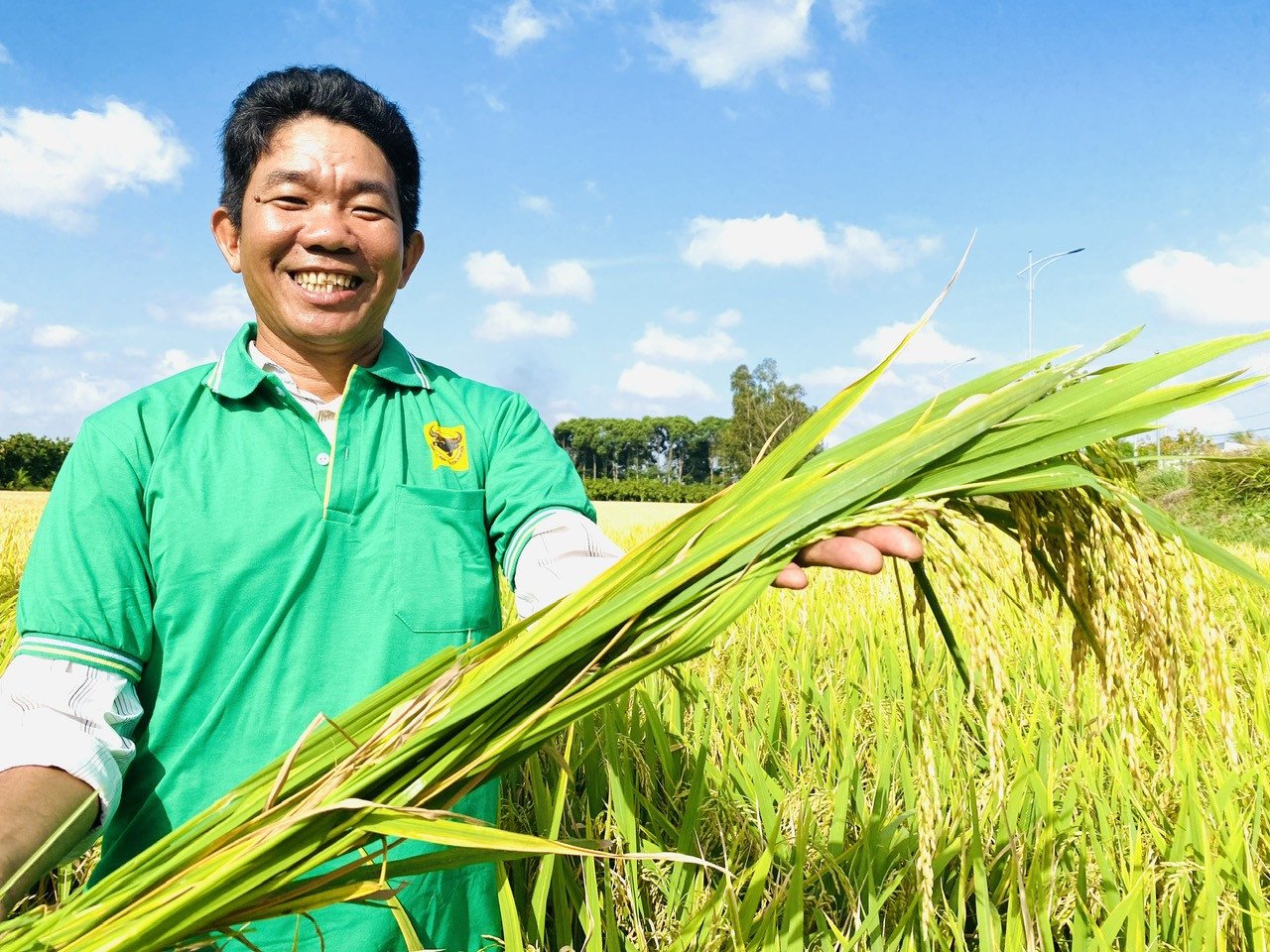
Meanwhile, theoretical yields from the models showed significant growth. In Can Tho and Soc Trang , models using OM5451 and ST25 varieties yielded 3.9-7.5% and 8.9-13.7% higher yields than the traditional models, respectively.
The economic efficiency of these models is very positive, net profit increased by 13-18 million VND/ha in the summer-autumn crop and by 1-6 million VND/ha in the autumn-winter crop.
In addition, in the pilot models in Soc Trang, the emission amount is 9.5 tons CO2e/ha/crop. Meanwhile, outside the model, the emission amount is up to 13.5 tons CO2e/ha/crop. That is, the pilot models reduce 4 tons CO2e/ha/crop.
Similarly in Tra Vinh, the two pilot models reduced an average of 5.4 tons of CO2e/ha/crop.
The Ministry of Agriculture and Rural Development and the Transition Carbon Finance Fund (TCAF) are in the process of discussing and agreeing on how to prepare for a pilot implementation of greenhouse gas emission reduction payments to support the project to develop 1 million hectares of high-quality and low-emission rice. Once agreed, farmers will be paid carbon credits from growing rice with reduced emissions.
At the workshop, Prof. Dr. Nguyen Bao Ve - former Head of the Faculty of Agriculture (Can Tho University) - mentioned the story of straw in particular and by-products in the rice growing process which have great value.
“Burning straw is burning money, selling straw is selling blood. People need to understand these immediate benefits, in addition to the potential for selling carbon credits in the future,” Mr. Ve emphasized.
According to him, to effectively treat straw, people need to determine specific methods for two basic gases: CH4 and N2O. Of which, CH4 is mainly emitted from the roots of rice, during the flooding process during growth. N2O is mostly derived from nitrogen fertilizer application.
The agricultural sector has coordinated with many international organizations to guide people in processing straw into organic fertilizer, growing mushrooms, using it as animal feed, or further, becoming raw materials for industrial furnaces...
According to Mr. Le Thanh Tung, in addition to the above benefits, the 1 million hectare high-quality rice project implemented in 12 provinces of the Mekong Delta also forms linkage chains between farmers and businesses, between businesses and cooperatives.
“The rice is of good quality, inherited from the VnSAT Project, but the output is still open,” said Mr. Tung. Therefore, building close relationships through partners and stakeholders in the project is extremely necessary.
In addition to the above issues, Mr. Le Thanh Tung acknowledged that the internal traffic in the project area is not really convenient, not attracting the attention and investment of enterprises. Therefore, in addition to strengthening and improving technical factors, the locality should also pay attention to developing infrastructure in a synchronous manner, helping to create strong connections.

Source: https://vietnamnet.vn/trong-lua-giam-phat-thai-lai-tang-18-trieu-ha-cho-ban-tin-chi-carbon-2335535.html



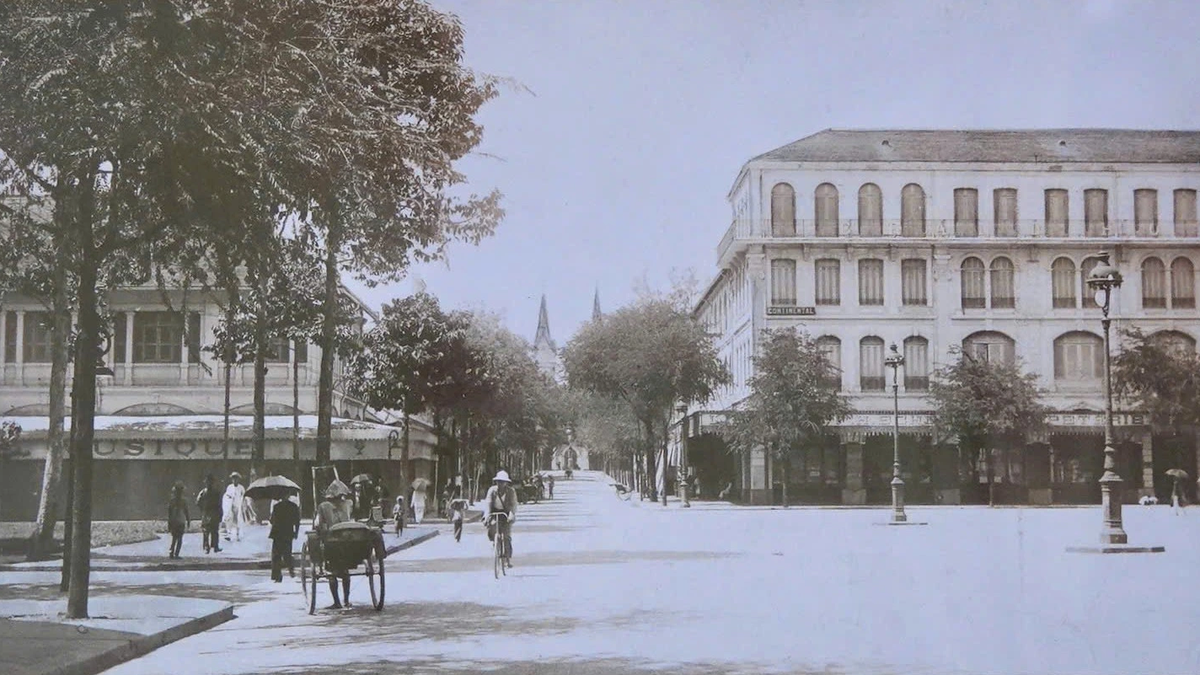
![[Photo] Prime Minister Pham Minh Chinh meets with Speaker of the Hungarian National Assembly Kover Laszlo](https://vphoto.vietnam.vn/thumb/1200x675/vietnam/resource/IMAGE/2025/10/20/1760970413415_dsc-8111-jpg.webp)
![[Photo] Chairman of the Hungarian Parliament visits President Ho Chi Minh's Mausoleum](https://vphoto.vietnam.vn/thumb/1200x675/vietnam/resource/IMAGE/2025/10/20/1760941009023_ndo_br_hungary-jpg.webp)
![[Photo] Solemn opening of the 10th Session, 15th National Assembly](https://vphoto.vietnam.vn/thumb/1200x675/vietnam/resource/IMAGE/2025/10/20/1760937111622_ndo_br_1-202-jpg.webp)
![[Photo] National Assembly Chairman Tran Thanh Man holds talks with Hungarian National Assembly Chairman Kover Laszlo](https://vphoto.vietnam.vn/thumb/1200x675/vietnam/resource/IMAGE/2025/10/20/1760952711347_ndo_br_bnd-1603-jpg.webp)


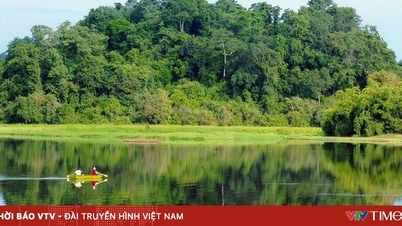
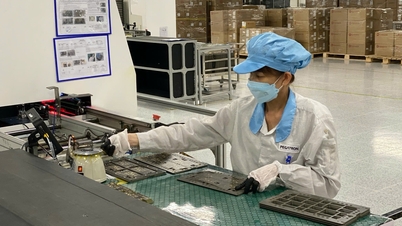






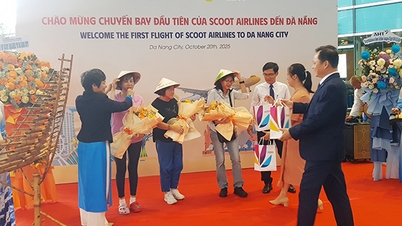

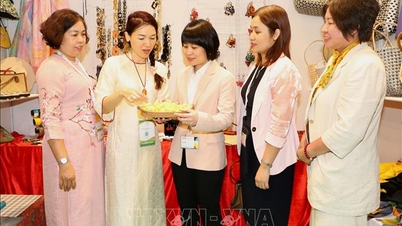

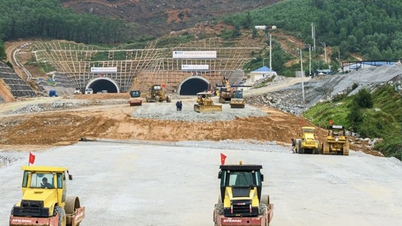


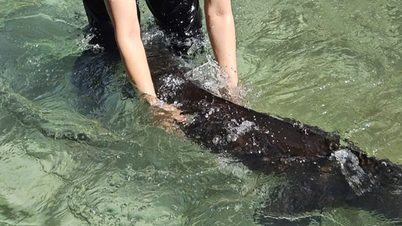
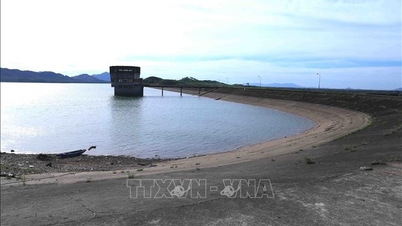




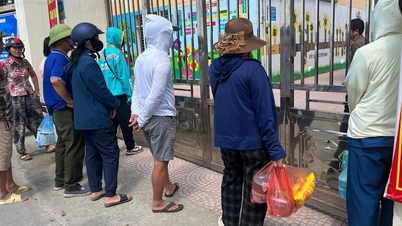
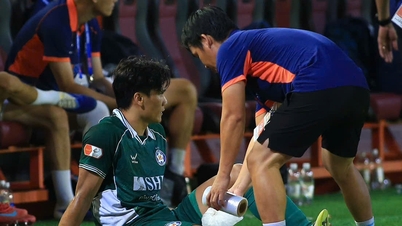
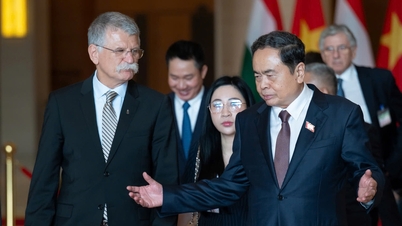
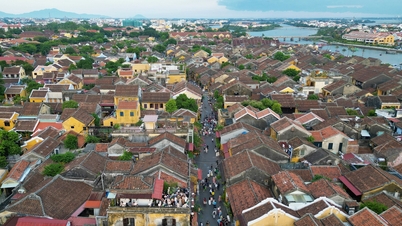


![[Photo] The Steering Committee of the 2025 Fall Fair checks the progress of the organization](https://vphoto.vietnam.vn/thumb/1200x675/vietnam/resource/IMAGE/2025/10/20/1760918203241_nam-5371-jpg.webp)
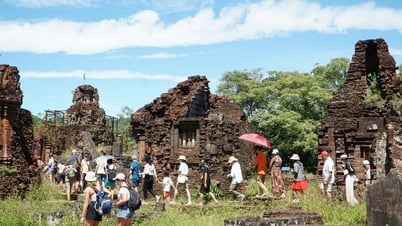

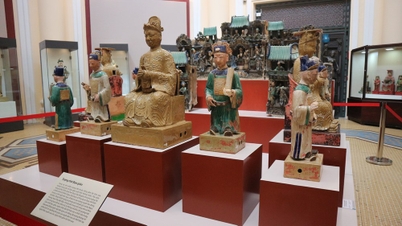
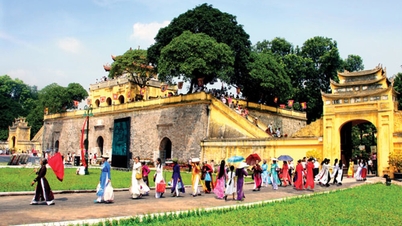

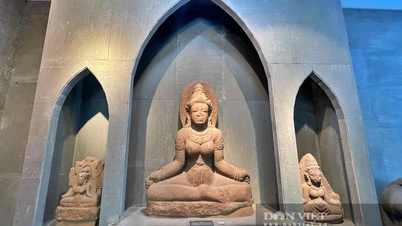

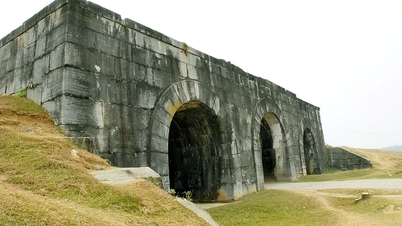
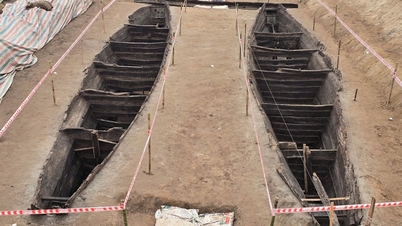

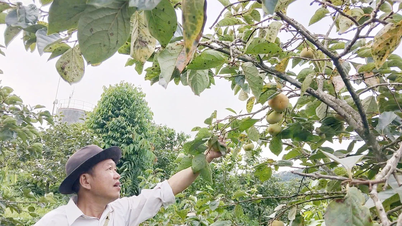

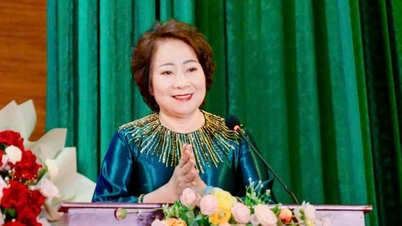


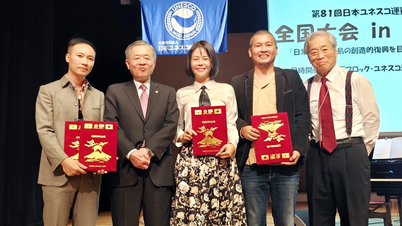



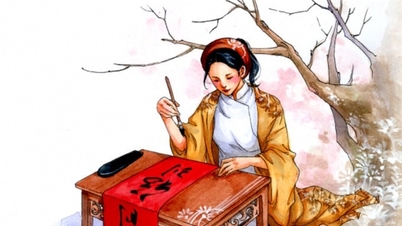
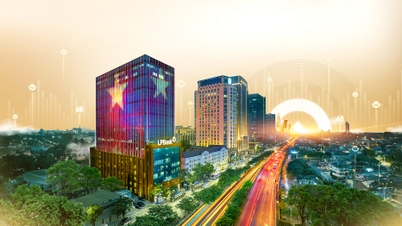

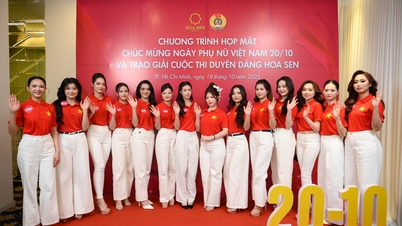

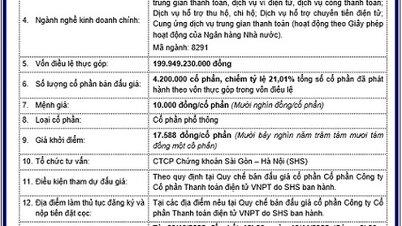
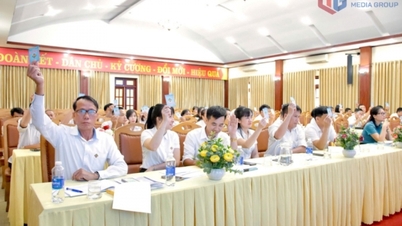

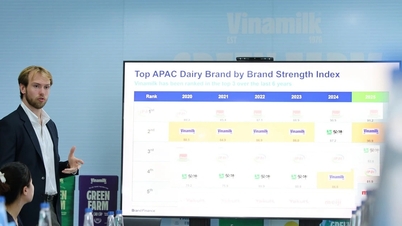
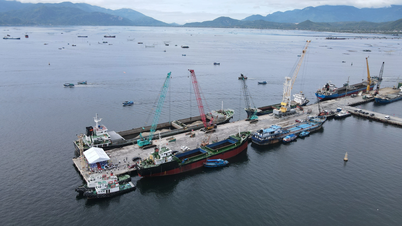



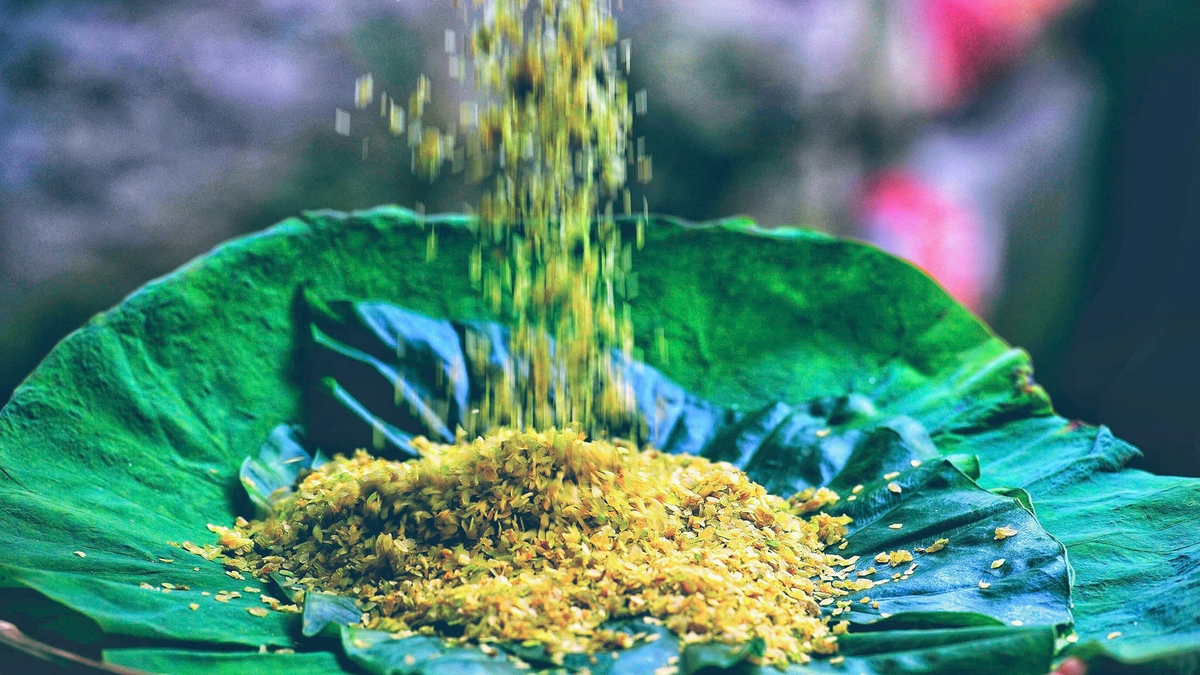
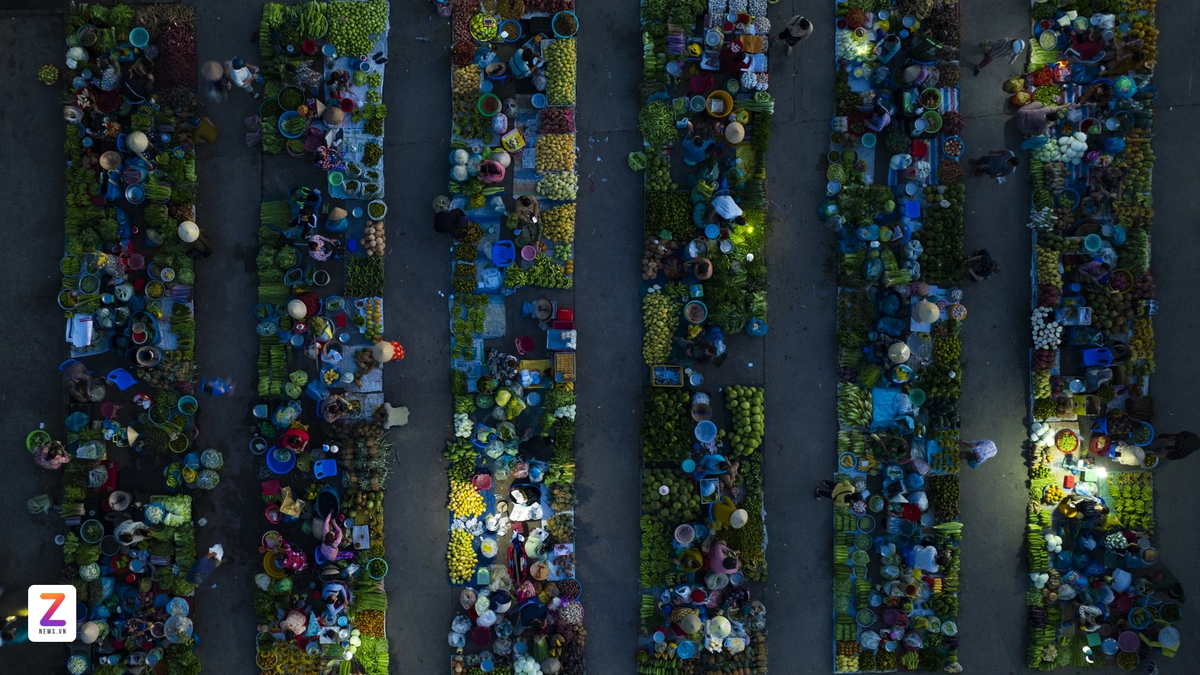


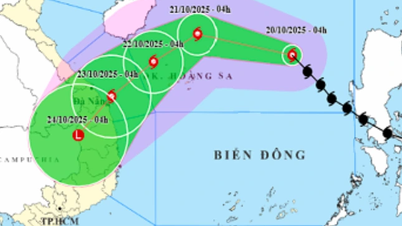

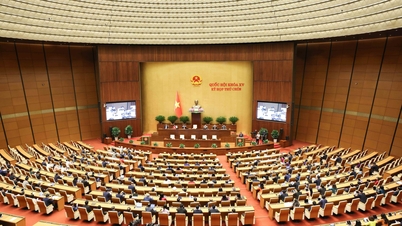
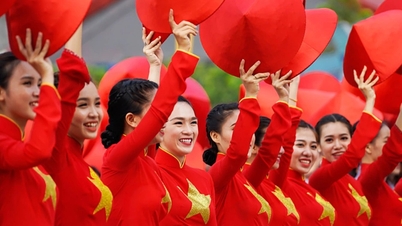

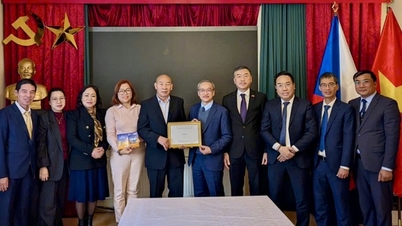

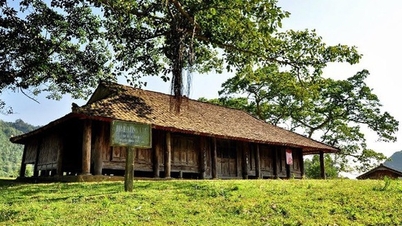
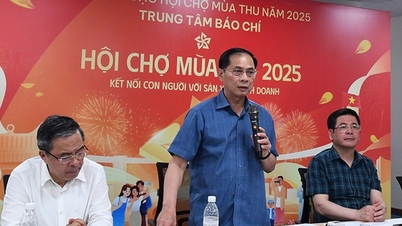
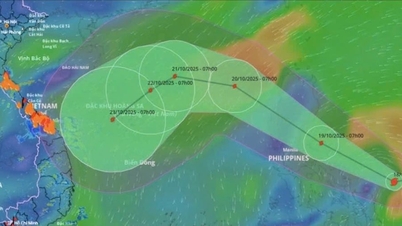

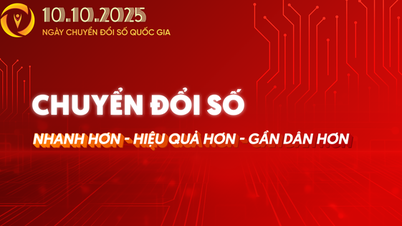

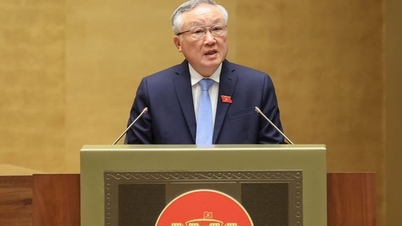
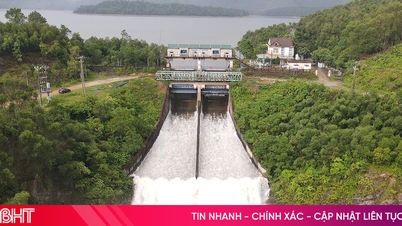

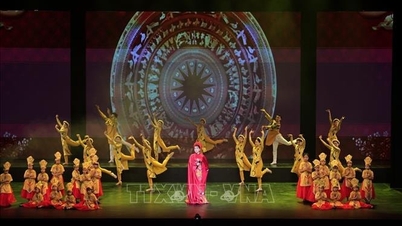

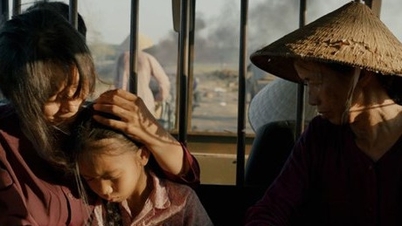
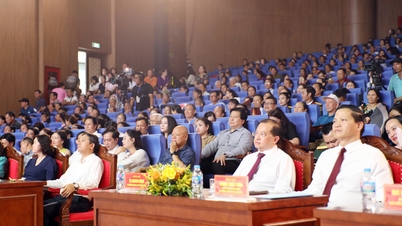





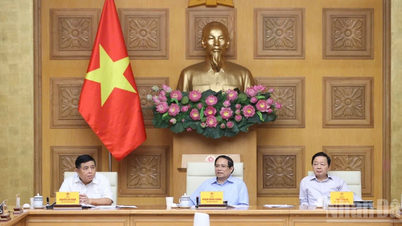
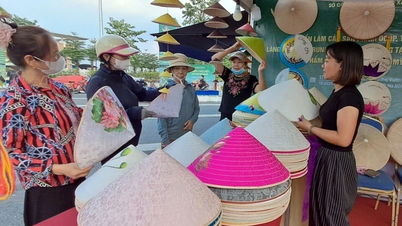
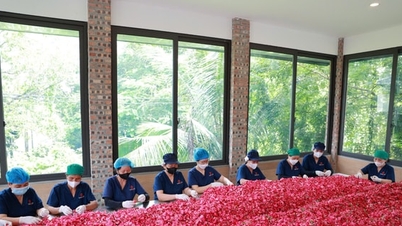
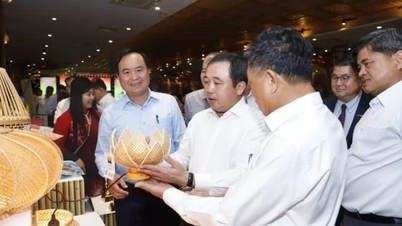

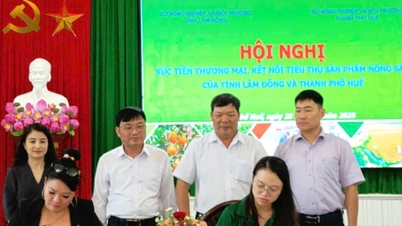



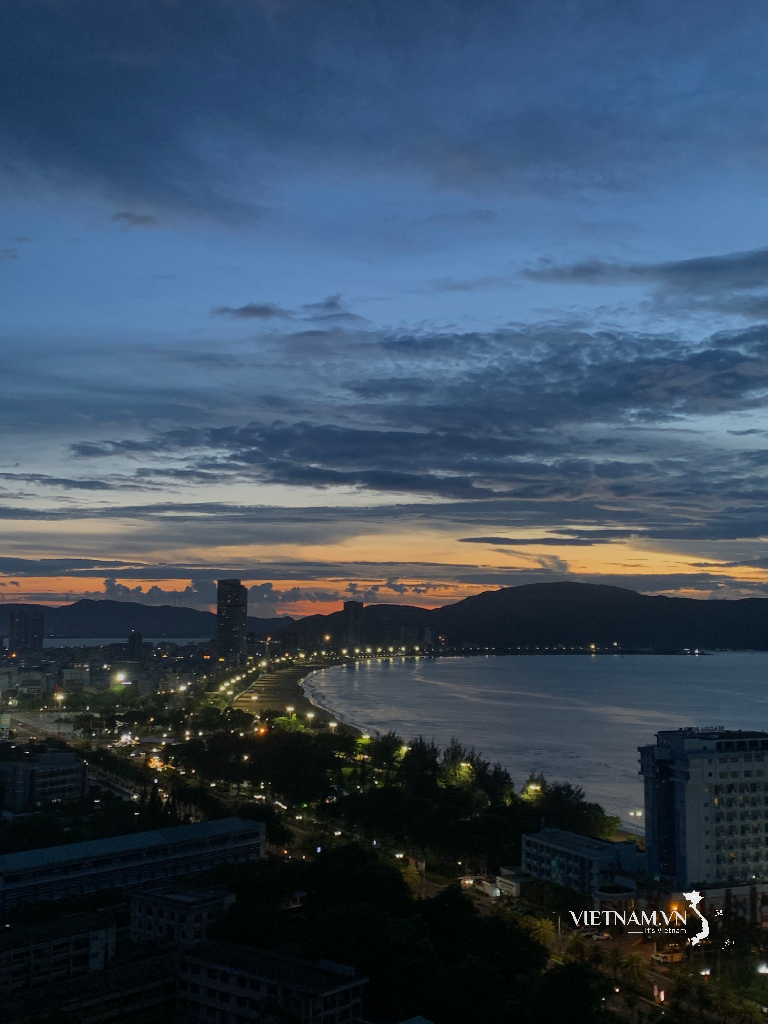


Comment (0)